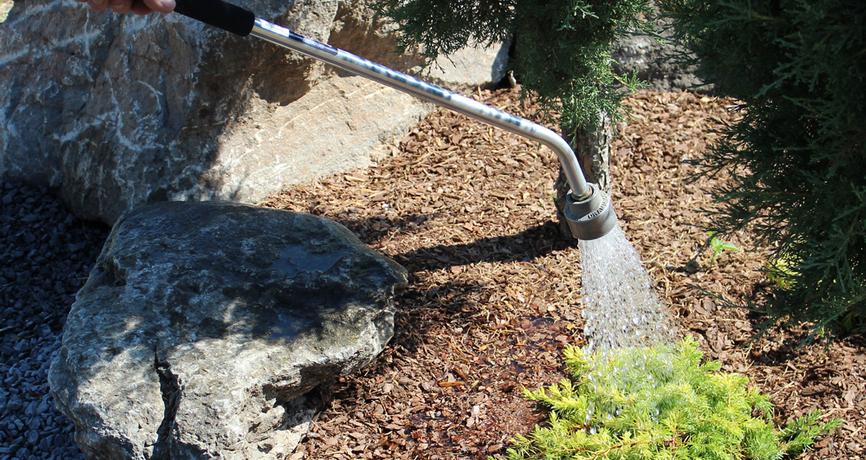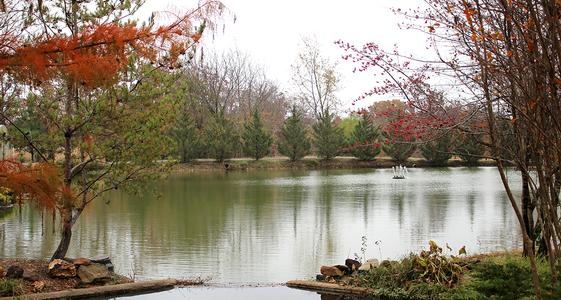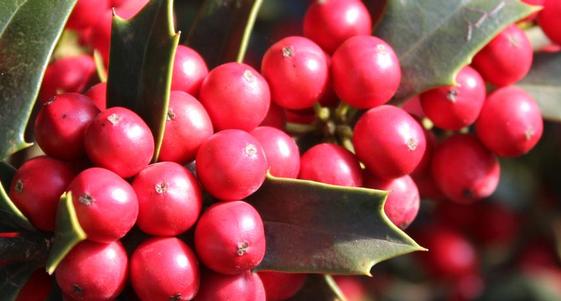
Watering Basics
Watering Basics
When should I water my plant? This is a very common question asked by our customers.
Proper water management is key to helping your plant become established quickly and remain healthy.
Below are some facts that will help you water properly.
1. Roots grow when searching for water. If the soil around the root system remains saturated, root growth will be poor and root rot disease will develop.
2. Roots need oxygen to remain healthy. This is known in the horticulture world as oxygen exchange. When you are watering plants either in pots or in the ground, always water slowly and thoroughly so the deeper soil becomes wet not just the surface. Creating moisture down deep below the existing root system encourages roots to grow deeper. If you just water enough to keep the surface wet, roots will remain shallow and as soon as the soil becomes slightly dry, your plant will suffer and wilt. If soil becomes too dry, the plant will experience cell damage and may not be capable of recovering.
3. Watering too often. This will cause your plant to remain weak. Since roots grow in search of water, each time you water root growth slows down or stops. It is best to water when the excess moisture in the soil has been depleted. This period is usually visible in plants and known as wilting. Watering just as a plant begins to wilt encourages roots to grow deeper into the soil, and when soil is watered properly, oxygen is also pushed deep into the soil where the roots can access it.
4. Evergreen plants need close attention to watering needs. Since it is much harder to visually identify wilting in evergreen plants, physically checking the soil moisture by poking a hole around the roots is a good method. Always check at a depth deep enough in the soil where most of the roots are located. If your plant was grown in a five-gallon size pot, you should check the soil moisture at least six to ten inches deep or equally as deep as the original root system.
Proper watering is key to your plant's success. Once you become familiar with your soil structure and how well it retains moisture, physically poking holes will become less needed and you will know how much and how long to water. Learning the visual signs that your plant is beginning to wilt will help identify when to water.
Note: The most common cause of plant suffering and failure is due to improper water management!
Proper irrigation in times of extreme heat can make the difference between your plants surviving or not.
When the heat of the summer kicks in knowing when to water is vitally important to your plants. Here are some rules to follow to help your plants make it past the heat wave.
1. Watering in the mornings is better than evening watering. This assures that the plants will have as much moisture as possible available going into the hottest part of the day when it really needs it. If you water in the evenings the plant may have already wilted to point it cannot fully recover. If this is your only option, be sure to water slowly and deep.
2. Watering in the mornings will allow the plant foliage to dry, avoiding prolonged wet foliage which can lead to leaf spot and powdery mildew. Because there is generally less evaporation at night, watering in the evenings raises the risk of your plants developing a foliage disease.
3. Water slowly and for a long enough time to allow deep penetration. Soil moisture can be deceiving. Not watering long enough to thoroughly saturate the soil down deep will eventually lead to undetected dry soil down in the root zone. It is much better to water thoroughly and less often than to water lightly more often. Deep watering helps your plants develop roots deep into the soil where moisture is more likely to be constant. This will allow your plants to overcome wilting in the heat of the day.
4. Check the soil moisture at the root zone. All soils react differently to watering. Some soils repel water and watering lightly or to fast will only appear to have watered enough, however the soil at the root zone remains dry. Some soils absorb water like a sponge and remain saturated, which can lead to root rot if watering intervals are not adjusted. Know that soil types can change throughout your gardens. One area may dry out much quicker than other areas and checking the soil at the root zone is the only way to tell how your soil reacts.
Practicing good watering habits will pay off big, especially for newly planted plants that have not established deep root systems.



